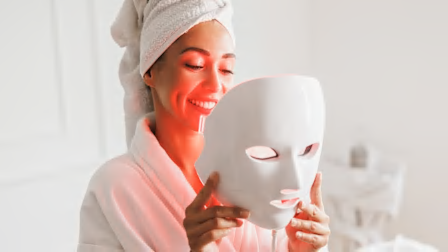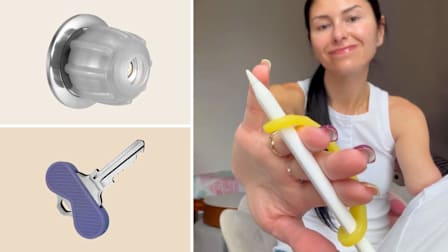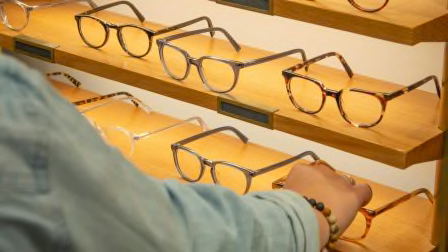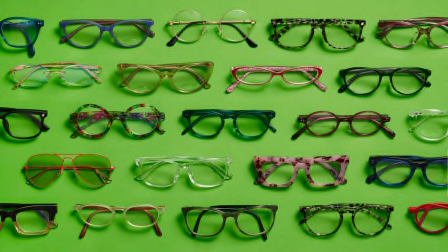How to Adapt to Vision Loss
These tools and tips can help make life easier when you're having trouble seeing
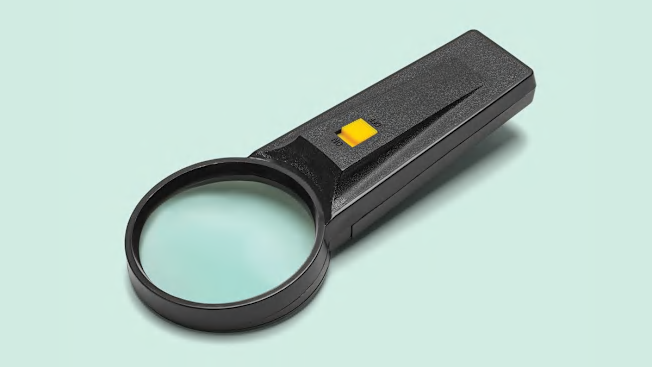
Vision problems sometimes go beyond what can be corrected with a stronger prescription for glasses. That’s especially true when eyesight changes are caused by a condition such as age-related macular degeneration (AMD), glaucoma, or diabetic retinopathy.
These conditions become more common with age and can make daily tasks like cooking and walking harder.
But optometrists who specialize in low vision—reduced vision that can’t be rectified with glasses—have tools and tips that can help. Here are a few you can try, along with suggestions for finding a specialist who can help you cope with low-vision problems.
Magnifiers and Other Adaptions
Once reading glasses are no longer sufficient, other devices can help. These include handheld magnifiers with a light and magnifying domes that can be placed on top of a page, says Samira Mortazavi, OD, and Asha Meloottu, OD, low-vision specialists with Mass Eye and Ear in Boston.
High-Tech Tools
Smartphones and computers often have helpful built-in accessibility settings, which can read aloud text on the screen, make default text sizes larger, and increase screen contrast. You can also take a photo with your phone of something you want to see, then boost the brightness, contrast, or zoom. Televisions, too, may have accessibility features you can adjust to make watching easier.
Phone apps for people with low vision can also be a big help, Mortazavi says. These include magnification apps like SuperVision+ Magnifier and apps such as Seeing AI and Envision AI that can look through your phone’s camera and turn text into speech, describe a scene in front of you, identify objects, or even recognize faces.
There are also handheld or wearable devices like OrCam and IrisVision that can read documents or describe the scene you are looking at, says Leannza Tang, OD, a low-vision optometrist at New York Eye and Ear Infirmary of Mount Sinai.
With a smart speaker or virtual assistant like Amazon’s Alexa or Apple’s Siri, you can ask simple queries screen-free or have the news or weather read aloud, says Maria Richman, OD, an optometrist in New Jersey who specializes in low-vision and vision rehabilitation.
How to Find the Right Vision Specialist
If vision problems are interfering with your daily life, seek out an optometrist who is a low-vision specialist. They can help you figure out how to best use the vision you do have and recommend helpful devices. And some occupational therapists (OTs) can provide orientation and mobility training, which may involve strategies like walking around a kitchen with an arm raised in case a cupboard is left open. If you’ve lost some or all peripheral vision, an OT can recommend simple, helpful tools like using a bookmark to track what you are looking at while reading.
Your regular eye doctor may be able to recommend a low-vision specialist or you can search using the American Optometric Association’s website, which lets you filter for specialists in low vision. Nonprofits that work with blind and low-vision people—including the Foundation Fighting Blindness and Helen Keller Services—may also be able to help find low-vision doctors and OTs, or you can check with your state commission for the blind.
Editor’s Note: A version of this article also appeared in the December 2024 issue of Consumer Reports On Health.

















